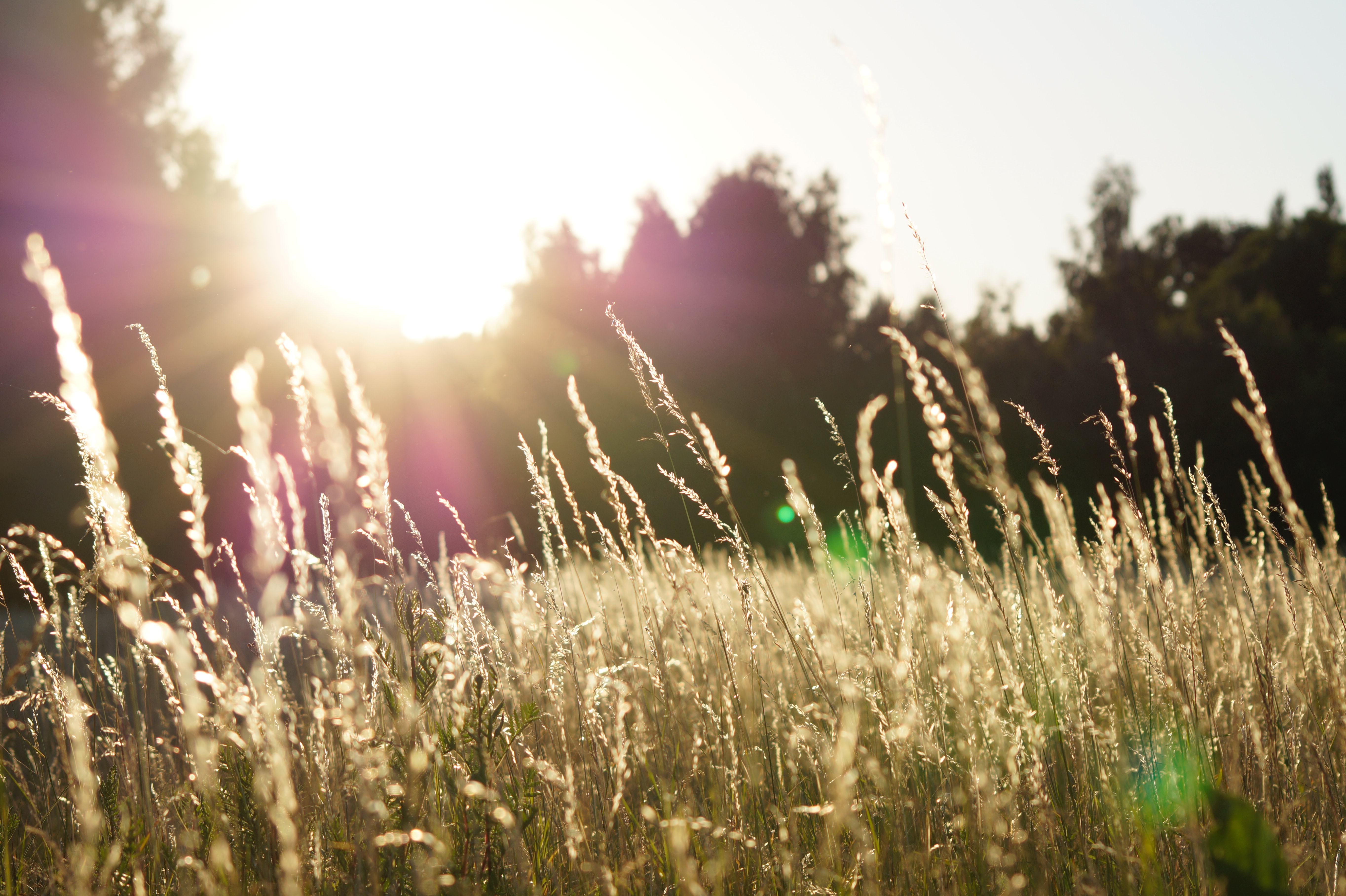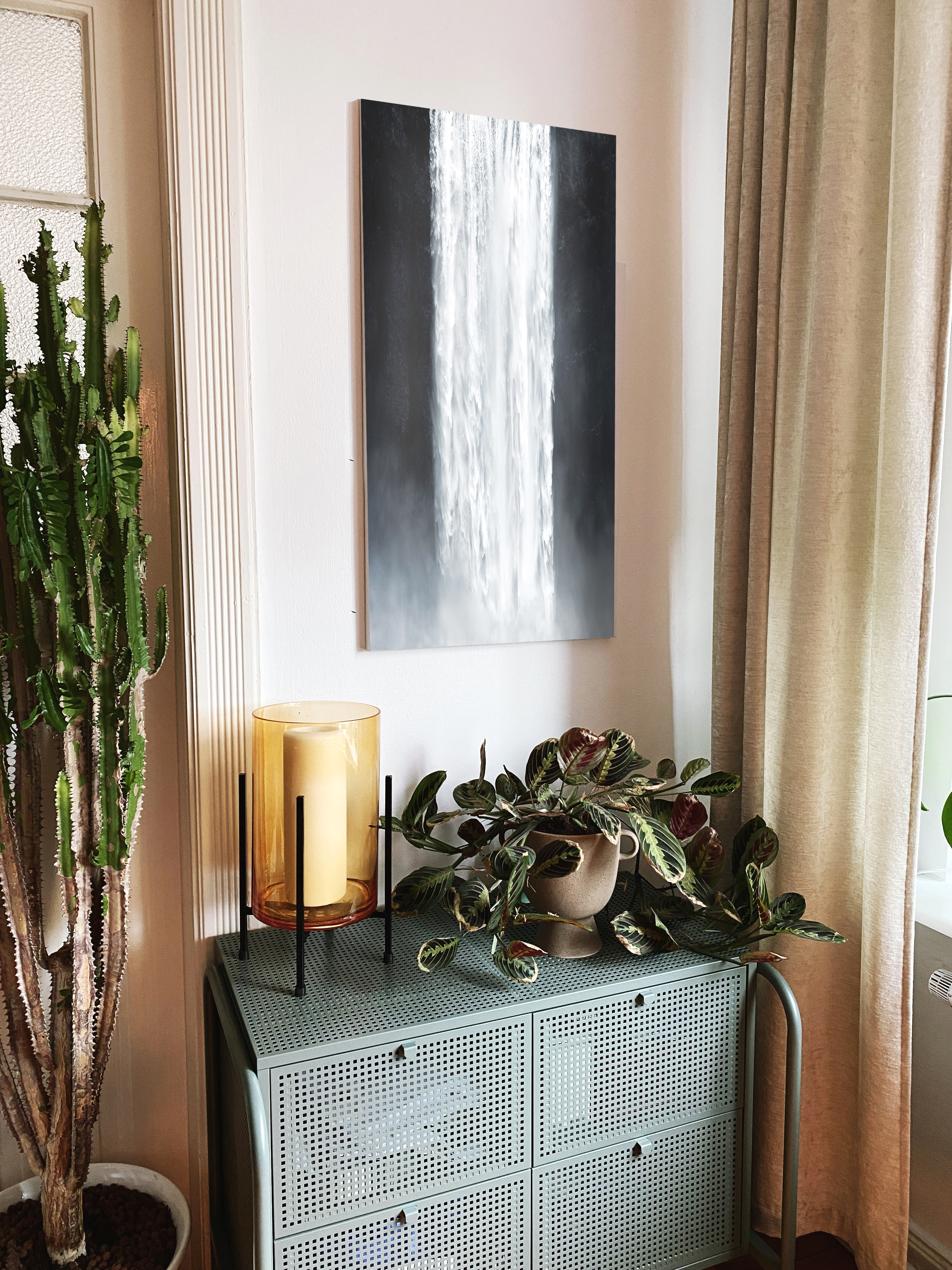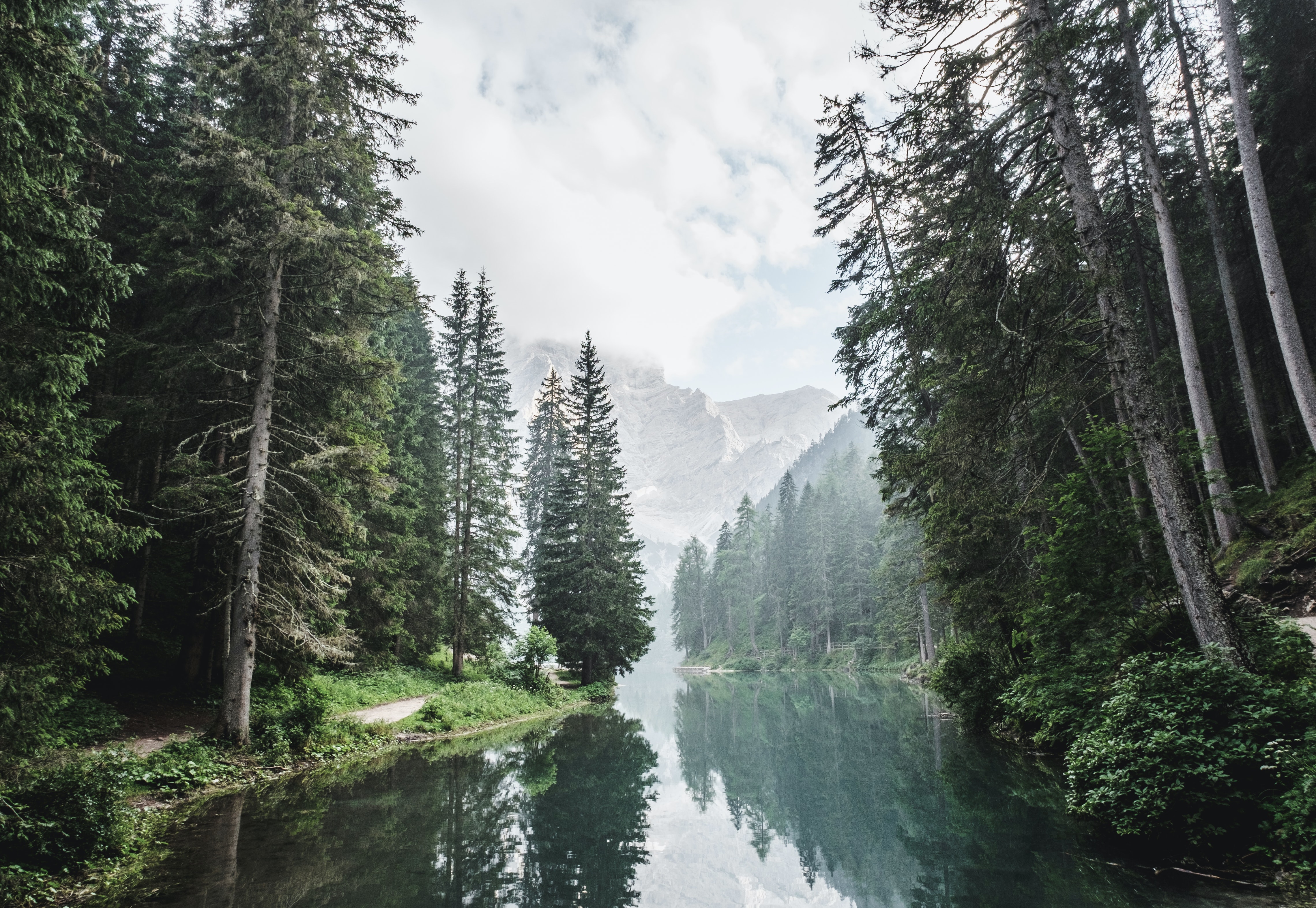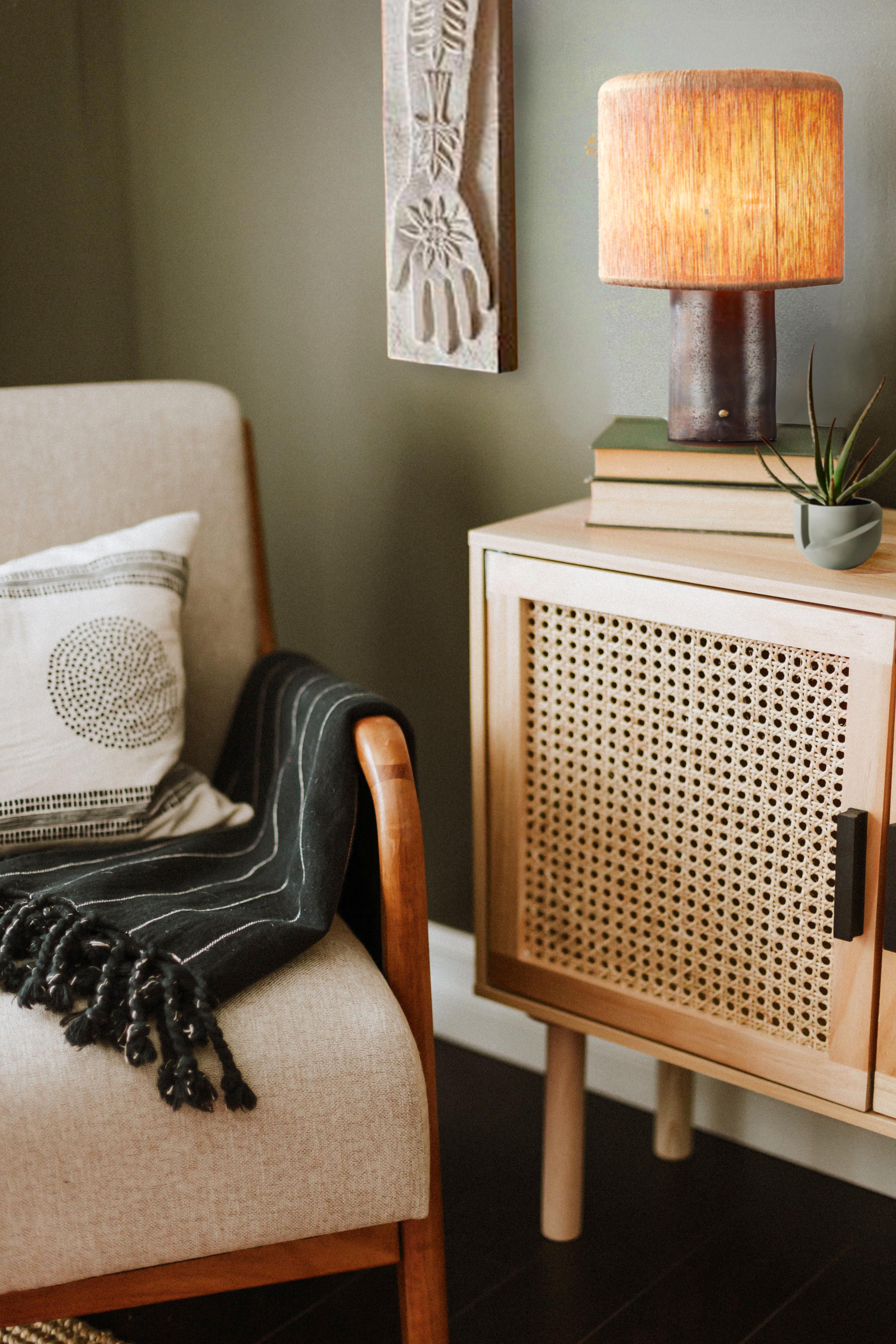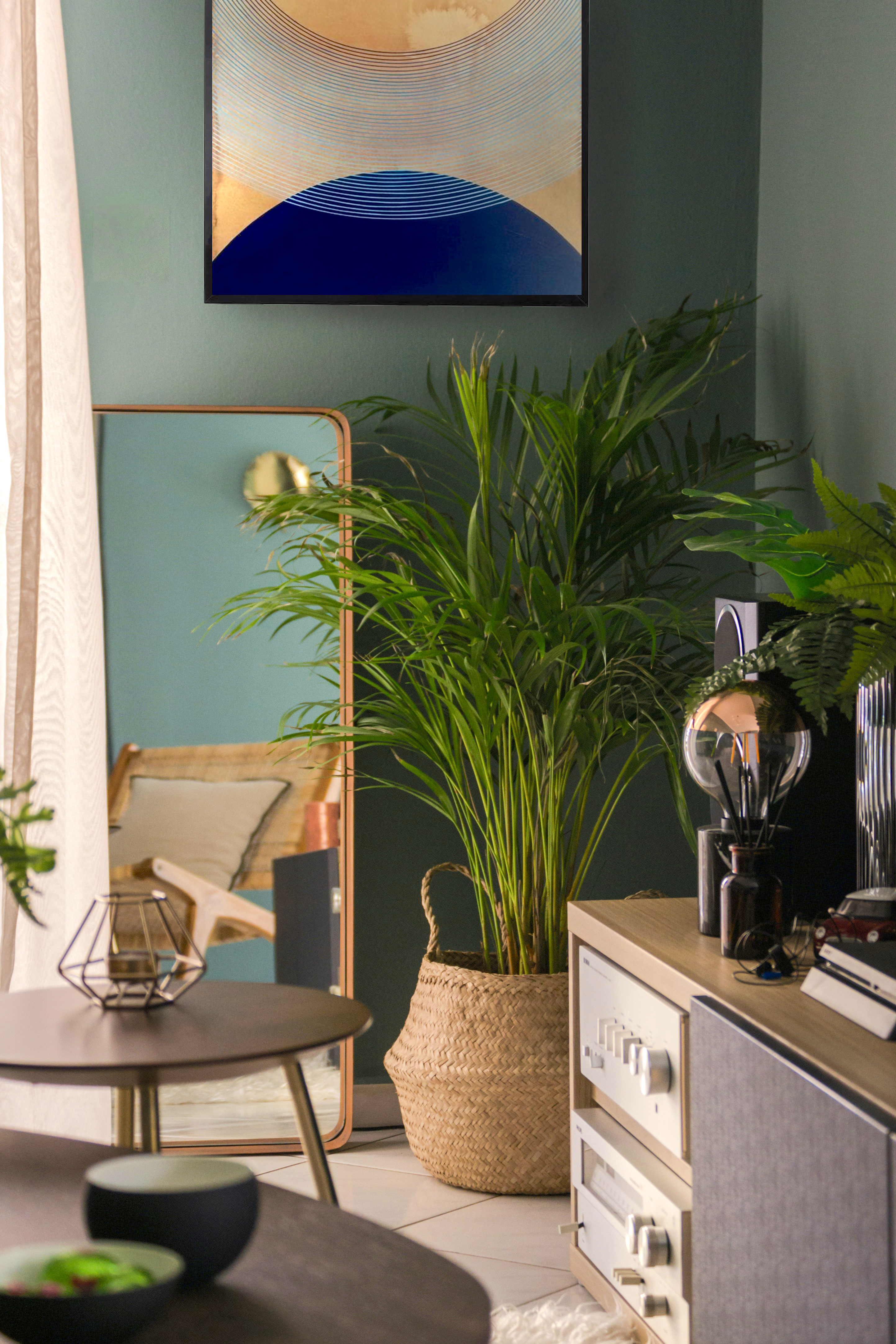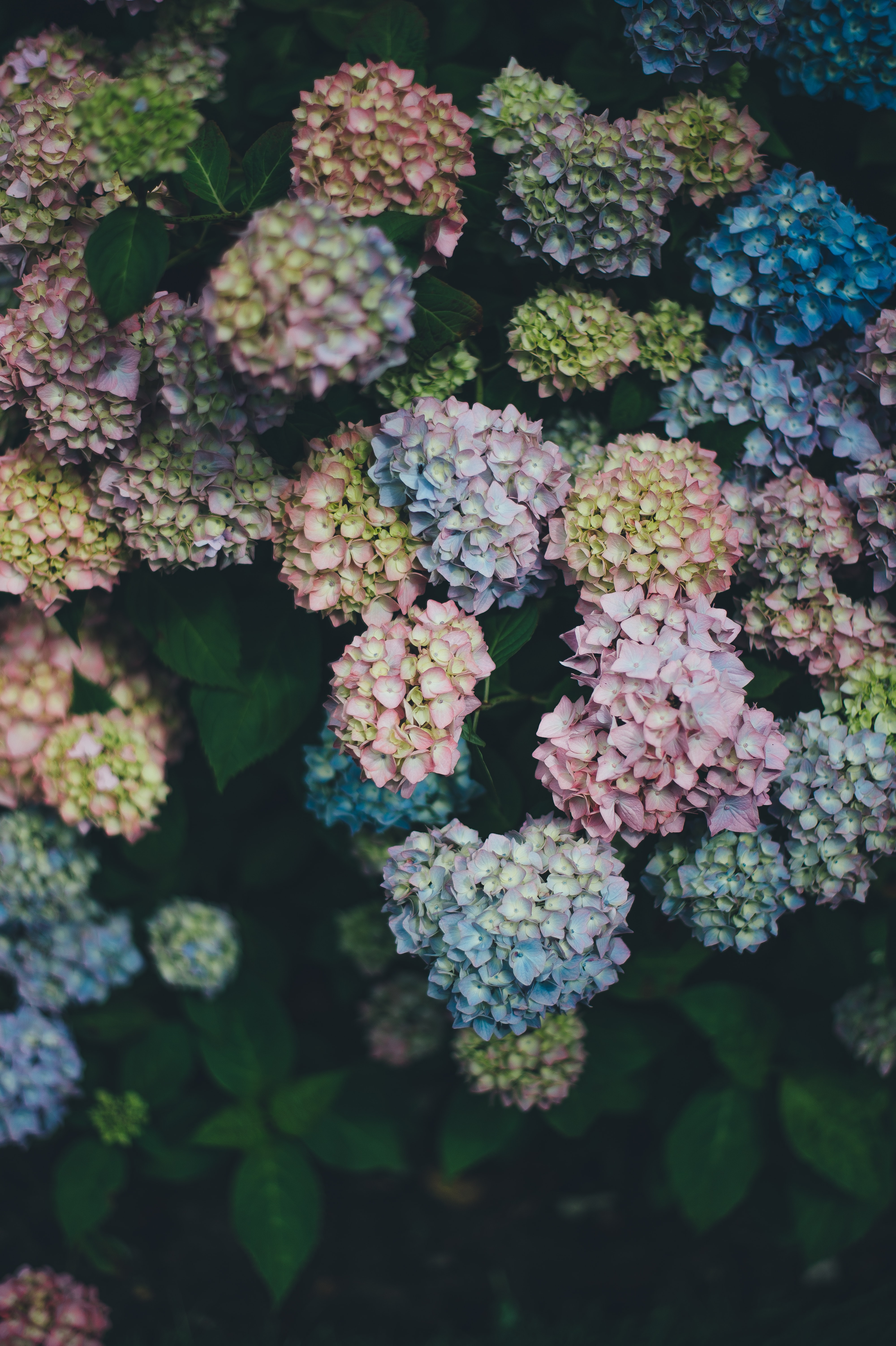What is Biophilic Design?
Biophilic Design is a discipline that studies our relationship with nature and translates that knowledge into design solutions that support our mental and physical wellbeing.
The Basics
Research is teaching us more and more about our relationship with nature. As our body of knowledge grows, experts develop new frameworks to make sense of the data.
The framework below, adapted from the International Living Future Institute, is an excellent introduction to the complexities of Biophilic Design.
The Five Pillars
- Repeated and sustained engagement with nature
- Focus on human evolutionary adaptations that have led our species toward health and wellbeing
- Support for our emotional attachment to spaces and settings
- Encouragement of positive interactions between people and nature, emphasizing a sense of responsibility and relationship
- Interconnected, mutually reinforcing architectural solutions
